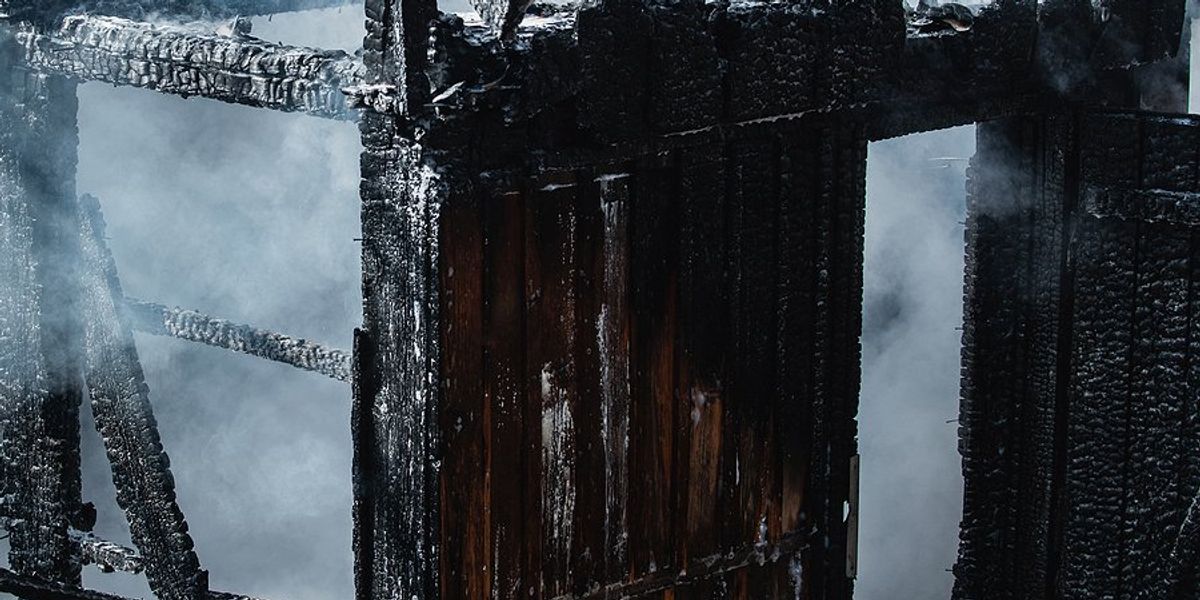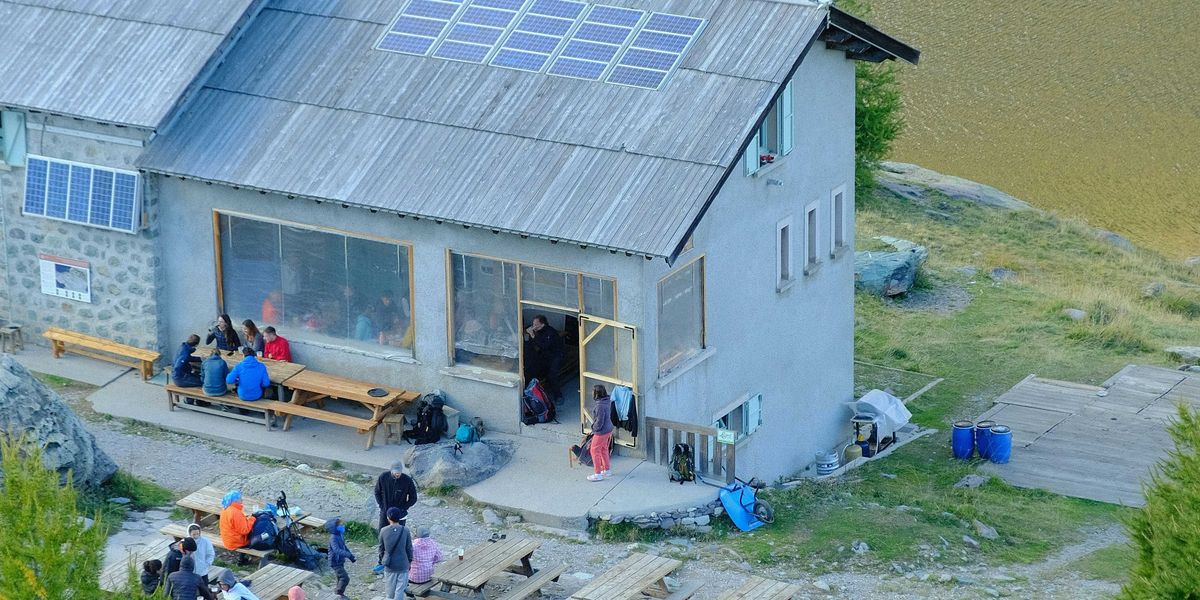
Residents near Lahaina wildfire zone show signs of toxic exposure despite official cleanup
A year after the Army Corps declared Lahaina’s burn zone safe, new research finds fire survivors living or working nearby are more likely to show signs of long-term exposure to heavy metals.
Erin Nolan reports for Honolulu Civil Beat.
In short:
- A University of Hawaiʻi study found elevated levels of heavy metals like arsenic and nickel in about 20% of wildfire survivors tested, many of whom had returned to live or work in Lahaina’s burn zone.
- Despite over 400,000 tons of debris cleared and soil sampling by the Army Corps, researchers say testing was limited to ash footprints and did not capture the broader environmental contamination.
- State officials relied heavily on blood lead levels to assess exposure, but experts warn that lead alone is not a sufficient indicator of all fire-related toxins.
Key quote:
“There is still ash that comes down from the smoke. I’m sure there’s been an effort made to clean the burn area, but can you get every single bit of soil that might contain toxic materials?”
— Dr. John R. Balmes, professor emeritus of environmental health sciences, University of California, Berkeley
Why this matters:
Wildfires destroy homes and leave behind a toxic legacy that can persist in soil, dust, and air for years. Heavy metals like arsenic and lead don’t degrade over time and can enter the body through inhalation, ingestion, or skin contact. Children are particularly vulnerable, as even small exposures during development can impact their neurological and respiratory health. Cleanup operations often focus on visible debris but may miss residual contamination that wind, rain, and foot traffic spread across a wider area. The Lahaina case reflects a broader gap in understanding how wildfire pollutants linger and affect long-term health. Without sustained monitoring, communities may unknowingly face repeated exposures.
Learn more: The Maui fires may cause long-term health problems













